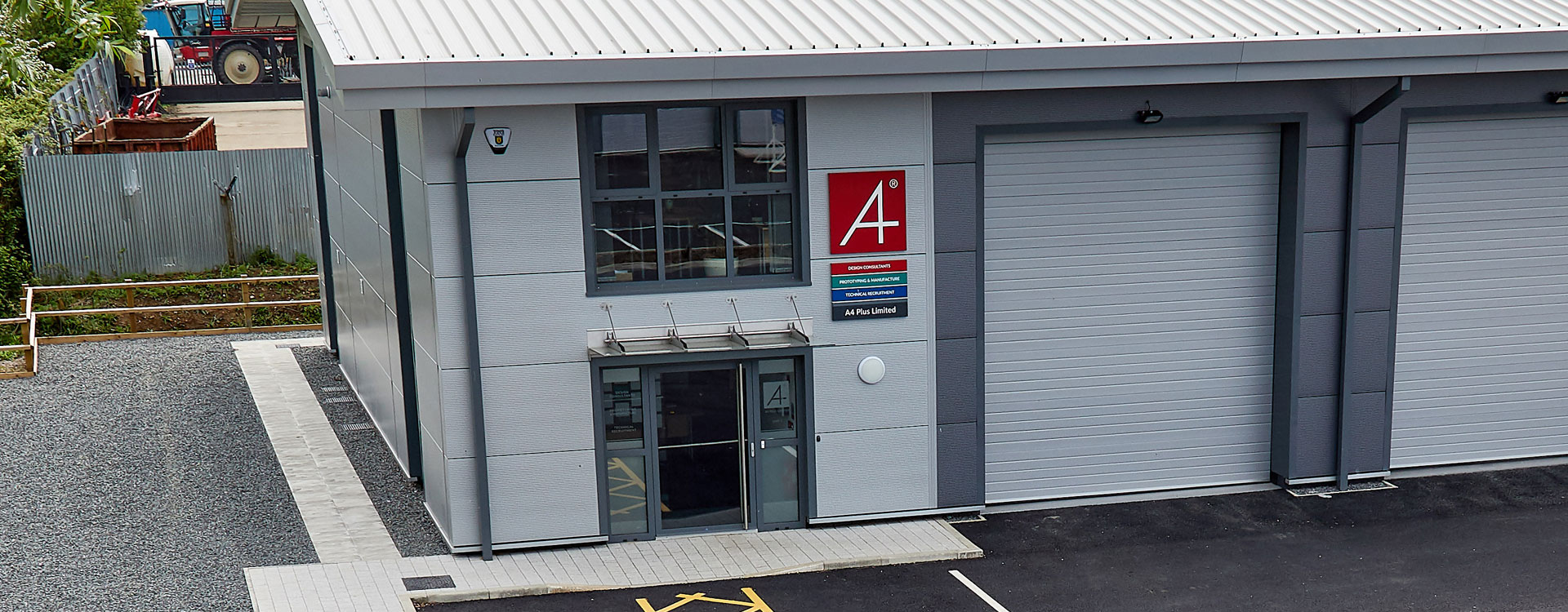

6 steps to writing a top CV
It’s important that you get your Technical CV right, so before you apply for any jobs why not follow our simple steps to writing a top CV!
1 – Plan a structure for a CV
It’s best to have a structure to your CV so you know you have all the information a potential employer would expect to see. You can use the order below, or you can mix it around to get what’s best for you, but we would suggest keeping all categories though!
- Name, contact details and location
- Profile
- Qualifications
- Software experience
- Work Experience
- Hobbies
- References
2 – Write a profile
You don’t need to have a Profile and we know it can be hard writing a paragraph or two about yourself, but if you get it right it can set you apart from other candidates. We suggest talking about your skills and experience (make this brief as your work experience can go into more detail) and telling the reader what type of position you are looking for can help too.
3 – Include qualifications
The amount of detail you have on your qualifications depends on how many years work experience you have. If you are a recent school leaver or graduate looking for your first role then you should go into detail by including the grade for each subject (even if they aren’t as impressive as you’d hoped!). If you have, for example, 10 years’ experience you won’t necessarily need to include the grade of your GCSE’s as your work experience will show off your skills, but make sure Higher Education and Degrees are always included.
4 – List software you have used
Working in the CAD industry it’s important for Candidates and Contractors to mention any software they use, these can be used as keywords which potential Employers or Recruiters can pick up on when searching for candidates. It’s always good to grade your ability level with software, e.g. by number of years used. Recruiters always want to be talking to the right people, to ensure they aren’t wasting your time or theirs, so being informative on all your skill levels is beneficial. If you’re a contractor and you have your own licence then including this on your CV will help you stand out from the others and could mean you being found first and securing that all important role (but don’t forget guys – licenced official software only!).
5 – Work experience
When listing your work experience you should start with the dates you worked there, the employer and then your job title. Next go through your duties in that role, you can either bullet point these or write one or two paragraphs……make sure this isn’t too long, you can just add the key duties you had. Some people may have some gaps in their CV, if you have this then the best thing is to be honest. If you had a break in your career because of personal issues or you decided to take the summer off, for example, then we would suggest putting this in as you would any other job, this will stop people from being suspicious.
6 – Proof read
You will be surprised the amount of CV’s that are sent to Agencies / Employers with spelling mistakes. We suggest re-reading your CV a few times to make sure there are no obvious errors and if you want to be completely safe then get someone else to proof read for you. As they say two eyes are better than one.
For more information on how to improve your CV then get in touch today! When you make it to interview stage then take a look at our other blogs – interview tips and how to win at competency based interviewing.




